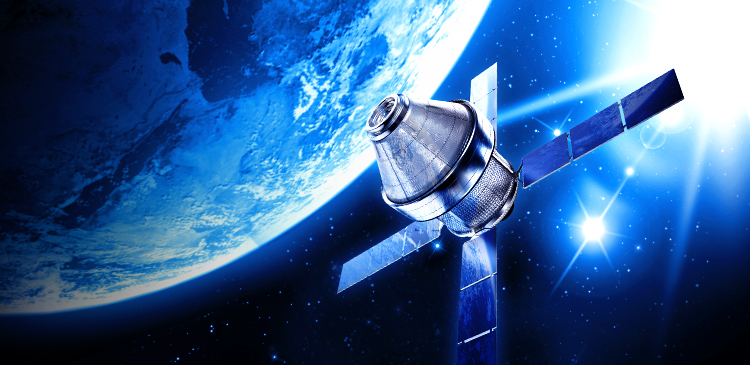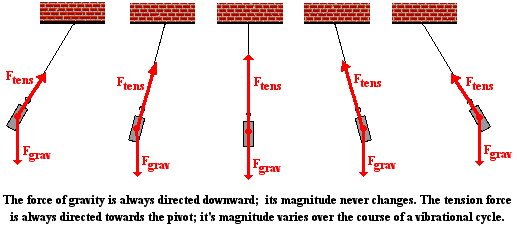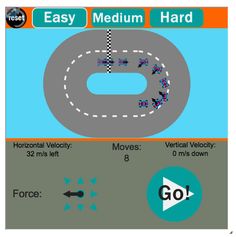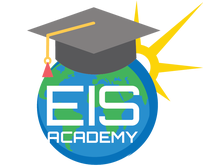Satellites- Understanding How They Work! MS
Topic outline
-
Satellites- Understanding How They Work !
 :
:Written By: Frances Dellutri, Middle School/Intermediate Level EIS Education Team, April 2016
EIS Topic: Atmosphere, Centripetal Force, Computers, Mathematics, Micro-gravity, Free-fall, Orbital Mechanics, Physics, Satellites, Spacecraft, Weightlessness
Grade (Age) Level: Grades 5-8 (Ages 10-13)
Key Topics Associated with Standards: Collecting, Analyzing and Interpreting Data; Gravitational Interactions; Forces and Motion, Relationship between Energy and Forces
This project will acquaint you and students with what satellites are, the forces that act on satellites, types of orbits satellites can be found circling Earth, and how to track satellites from the ground.The NSS Enterprise orbiter will be tracked upon launch in 2020 carrying 100+ student experiments! Learn about tracking satellites by using the Trek-A-Sat Activity.
Index:
1. What do you know about gravity?
2. Introduction to forces and gravitational pull here on Earth!
3. Understanding Centripetal Force
4. What is Weightlessness all about, anyway!
5. Satellites
6. Understanding satellite orbits.
7. Exit slip - Let's find out what you learned.-
Forum
-
-

Just as you learned that there are always a gravitational pull and the upward tension pull toward the pivot point on a pendulum, this 'tension pull' can also be compared to a pull of an object toward the center of another object it is moving around, or orbiting - this is a gravitational pull.
When an object is moving around another, the object orbiting is also moving forward so there is a 'gravitational vector' and an 'acceleration vector." The acceleration vector keeps the object rotating. The speed or momentum of the object in its circular path keeps the object from allowing gravity to pull the object out of orbit. If the circular momentum of the orbiting object decreases by enough, the object will fall out of orbit and gravity will pull the object out of orbit toward the object it is orbiting.
Here are some interactive games to try your skill at keeping an object moving around another(in a circular motion) just as its gravitational and acceleration vectors are changing!

-
Find out how the vectors change with the objects moving around the focus point of the interactive.
-
In this video, an astronaut on-board the ISS presents some experiments demonstrating centripetal forces and what happens if an orbiting object (in a circular motion) is released from gravitational pull. The astronaut speaks further about artificial gravity as suggested in some sci-fi movies and stories. Take a look! (The movie is about 7 minutes long.)
-
